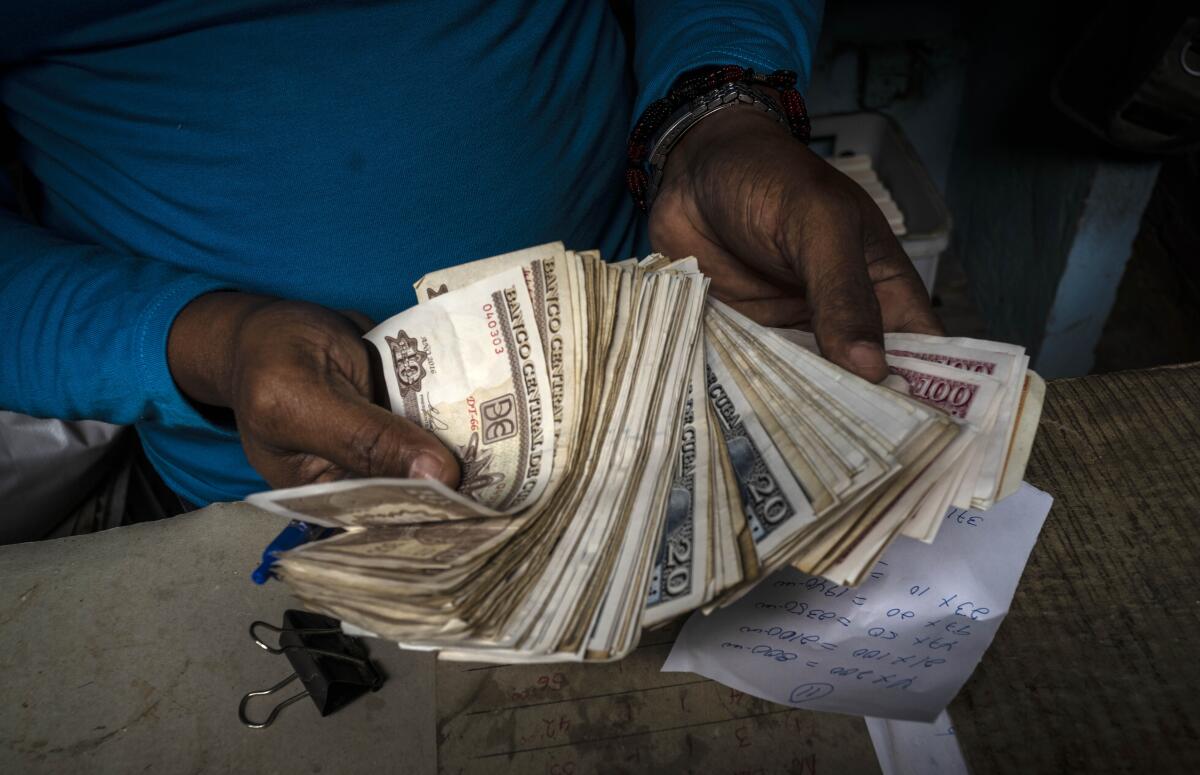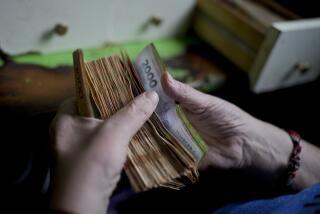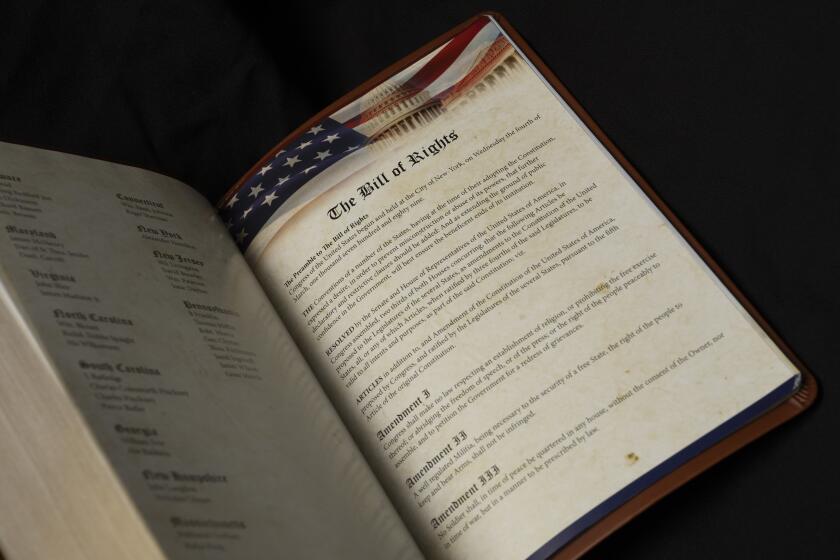Cuban government starts selling dollars — with limits

HAVANA — Cubans lined up by the dozens at exchange houses Tuesday for the chance to buy dollars and other hard currency from the government for the first time in two years.
The new policy announced Monday night comes almost three weeks after the government began buying hard currency from the public at 110.40 pesos per dollar — a rate similar to that of the black market and more than four times the rate used for official transactions.
Under the new policy, meant to help combat the illegal market in hard currency, individuals can buy up to $100 in cash a day at a rate of 123.60 pesos to the dollar in 37 designated state Cadeca exchange shops.
The official rate used by government industries and agencies that dominate the economy remains 24 pesos to the dollar.
“I want [euros] to be able to buy snacks for my grandchildren,” said Maricela Prado, a 62-year-old state worker who was among the first in line at an exchange house in central Havana. Jam is one of myriad products hard to find at subsidized state stores.
But 32-year-old camera operator Juan Pérez was dissatisfied with the new measure, arguing that the limits on sales would increase the price of dollars on the black market.
At the start of 2021, Cuba eliminated a long-standing dual currency system, dropping a special type of convertible peso supposedly aimed largely at tourism and foreigners and changing all operations into local currency.
But prices rose much faster than the new higher wages adopted under the reform, which coincided with an economic crisis caused by the COVID-19 pandemic and reduced support from Cuba’s ally Venezuela, which was also struggling, as well as continuing U.S. sanctions that had limited money sent to Cubans by relatives in the United States.
Growing shortages led to increasing prices for goods bought from private sellers and to a street-level devaluation of the peso, making dollars and other hard currency sent or brought in from abroad more valuable. That led to long lines and growing public frustration.
The low, fixed official rate meant people avoided exchanging money through the government, starving it even further of hard currency and its ability to import needed products.
Cubans can use special hard currency debit cards to buy goods at specialized state stores and many also seek dollars or euros in order to travel abroad — sometimes buying goods to sell at a profit when they return home.
Officials said Monday that under the new policy, sales of hard currency will be limited not only by the $100 cap but also by how much the local exchange house had purchased from the public the day before.
At a branch visited by the Associated Press, regional Cadeca director Kenia Katiuska Mesa told gathered customers that 190 people would be allowed to purchase there Tuesday.
Economist Mauricio de Miranda said on his Facebook page that the new measures are “insufficient and partial and instead of leading to a solution of the economic problems, widen the grave crisis which has now lasted more than three decades.”
A Cuba specialist at the Javeriana University in Cali, Colombia, Miranda said that without “a program of structural reforms, integral and systematic, they will not manage to overcome the current internal obstacles that impede the economic development of Cuba.”
More to Read
Sign up for Essential California
The most important California stories and recommendations in your inbox every morning.
You may occasionally receive promotional content from the Los Angeles Times.










